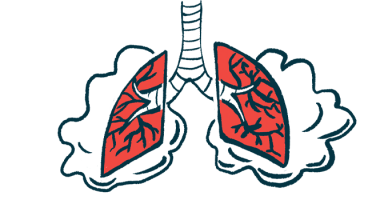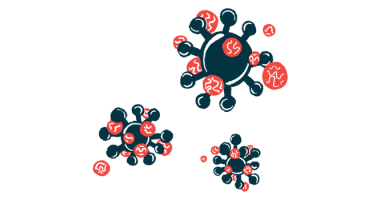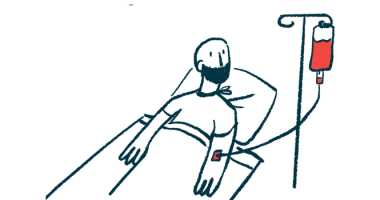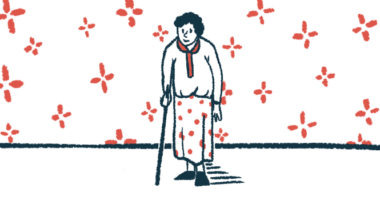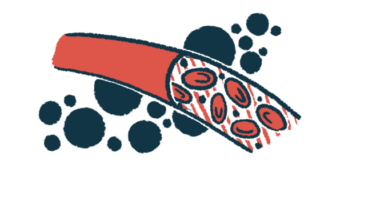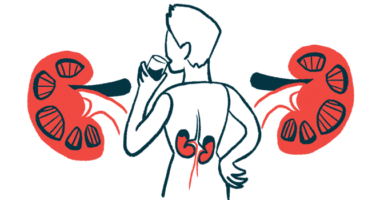Symptoms of Cold Agglutinin Disease
Acrocyanosis
Acrocyanosis is the bluish discoloration of the skin that occurs especially in the hands and feet. It can also affect the ears, nose, and nipples. It is caused when the blood vessels are blocked, hindering proper blood flow and resulting in a shortage of oxygen to these areas. There are two types of acrocyanosis: primary and secondary. The cause of primary acrocyanosis is either genetic or unknown. Secondary acrocyanosis is the result of an underlying condition such as CAD,
Fatigue
Fatigue is a common symptom of CAD and is mainly caused by hemolytic anemia, which refers to low numbers of red blood cells as a result of their destruction. When red blood cell numbers are low due to hemolytic anemia, the organs receive less oxygen than required for their normal function. The result is tiredness and fatigue because the body is not able to keep up with the energy demand of daily tasks.
Heart Problems
During cold conditions, the cold agglutinins in CAD patients attach to the surface of the red blood cells and cause them to clump. The clumped blood cells are targeted by the immune system and die prematurely. The clumping of blood cells can clog the blood vessels, hindering blood flow and exerting excessive workload on the heart to pump blood.
Jaundice
Jaundice is yellowing of the skin, eyes, and mucous membranes because of high levels of an orange-yellow protein called bilirubin. Bilirubin is a waste product created by the breakdown of red blood cells. In CAD, the rapid breakdown of red blood cells means that far more bilirubin than normal is produced during cold exposure. The liver cannot process it as fast as it is being released, which causes the skin and eyes to acquire a yellow-orange tint.
Joint Pain
Joint pain may be caused by the accumulation of blood cells at the joints and is defined as discomfort, pain, or inflammation at any of the body’s joints. In people with CAD, joint pain can be very mild or extremely severe, but is often worse in the cold. Many patients learn to avoid cold exposure, even before receiving a diagnosis of CAD, because they have noticed that cold causes pain or discomfort in their joints.
Livedo Reticularis
Livedo reticularis can be described as a striking reddish-brown to a bluish blotched and reticular (net-like) pattern of the peripheral blood vessels surrounding a pale central skin area. It is especially observed in the legs and occurs when exposed to cold temperatures in CAD patients because of disturbances in blood flow and reduced oxygen supply to the skin.
Raynaud’s Phenomenon
Raynaud’s phenomenon is a condition in which blood vessels, most commonly in the toes and fingers, constrict under cold or stressful conditions. This narrowing of blood vessels limits blood flow to these areas, which causes a drastic change in skin color and sensation. Primary Raynaud’s occurs in patients with no underlying condition. Secondary Raynaud’s occurs secondary to an existing autoimmune condition such as CAD.

